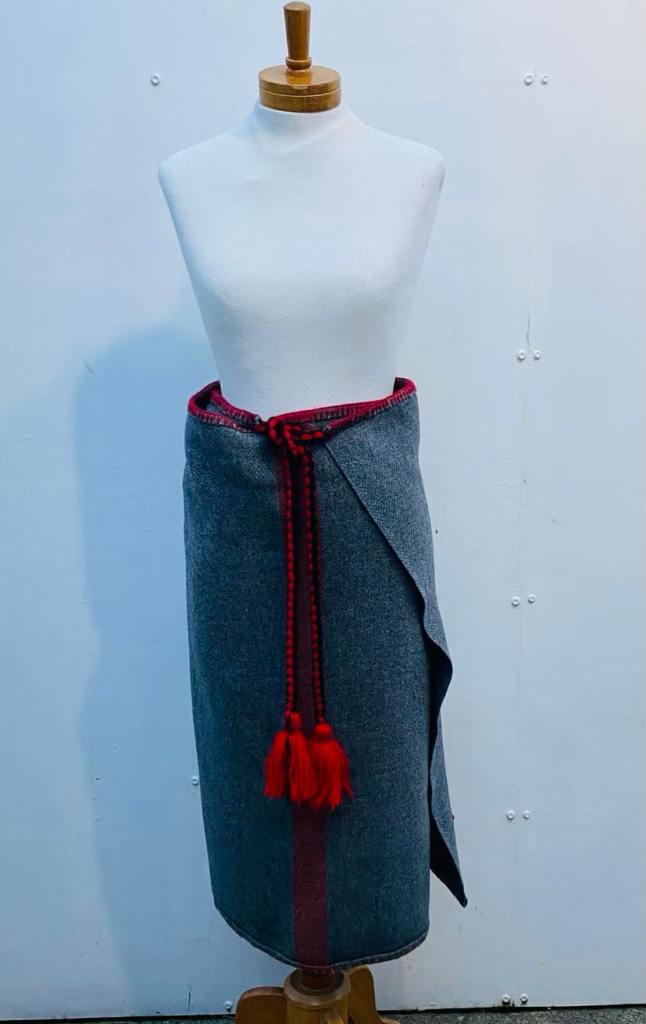A very, very old one pound note
In 1886 the Māori King Tāhwiao established a bank, Te Peeke o Aotearoa. It was set up to provide banking and monetary services to Māori and was also an expression of Māori autonomy.
Te Peeke o Aotearoa produced banknotes, and the few that survive are among the rarest notes in Aotearoa.
The note bears the words E whaimana ana tenei moni ki nga tangata katoa “this money is valid for all people”.
Te Peeke o Aotearoa was one of a number of private issuers of currency. Stores also issued tokens like this copper one penny token circa 1880. Commissioned by Lipman Levy, of Lambton Quay, Wellington, importers and manufacturers of boots and shoes. Fashion has always been a money making business. Literally.
In 1930 the first Reserve Bank of New Zealand was set up with the sole authority to issue New Zealand’s currency. The first official banknote was created in 1934 and signed by the first Governor of the Reserve Bank, Leslie Lefeaux. Thomas De La Rue and Company Limited, London printed the banknotes.
These first banknotes included pictures of a kiwi, the arms of New Zealand and a sketch of Rahotu (Mitre Peak). The Māori carvings are based on the wharenui of Hinemihi te Ao Tawhito, which was located at the Māori village Te Wairoa, and was buried when Mt Tarawera erupted in 1886. Most prominent is a portrait of King Tāwhiao.
Although Tāwhiao’s Te Peeke o Aotearoa bank notes were not deemed as official by the New Zealand Government, it was his image they used on the first reserve bank note. The image is copied from an 1882 oil painting by Gottfried Lindauer.
They used his portrait to acknowledge he had created his own notes, isn’t that ironic. I believe they also used it to usurp his bank notes and gain credibility with Māori. Not that Māori were earning a lot of money back then, or given the mana or authority they deserved. However, it is recognition that Māori were, and still are, the indigenous people of Aotearoa. And Tāwhiao was a King. While the pakeha King George’s head was relegated to coins and postage stamps.








And so for the first trade, I have accepted a framed one pound note, from Bruce Mahalski and the Museum of Natural Mystery. It’s not in mint condition but the history of trade and monetary exchange is relevant to the kaupapa of this blanket. To the next owner of the one pound note, Bruce has also offered free entry to the Museum of Natural Mystery for life! What a deal.
Although I stated I wanted to do a kanohi to kanohi exchange, Bruce is highly motivated to create as little carbon emissions as possible. So to respect his wishes the trade will happen via people already travelling between Wellington and Dunedin, or maybe by good old fashioned post. Without either of us creating any extra emissions of greenhouse gases.
Thank Bruce for kicking off this journey. Now let’s see what I can get for a very, very old one pound note.

















